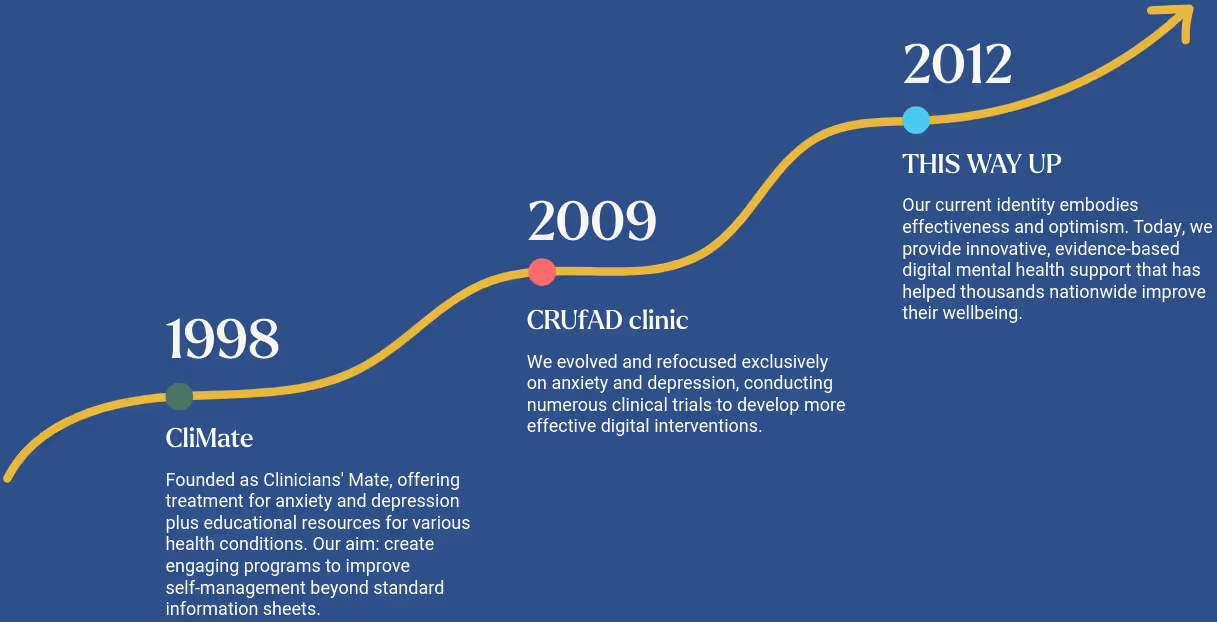Obsessions and Compulsions Explained
What is OCD?
Obsessive Compulsive Disorder (OCD) is a disorder characterised by unwanted, intrusive thoughts and behaviours that are intended to get rid of or ‘neutralise’ these thoughts. These kinds of thoughts are called ‘obsessions’ because they can be all consuming and hard to control. The behaviours are called ‘compulsions’ because people can feel compelled to do them.
People with OCD feel compelled to do certain things because their obsessive thoughts trigger intense anxiety. For example, someone with OCD might feel a strong urge to check that they locked the door, over and over, because their fear of being robbed is overwhelming. Other times, people with OCD wash their hands repetitively because they’re terrified about getting an infection.
Many people have mild OCD symptoms, like wanting things to be organised or doubting whether they’ve locked the door. To be classified as OCD however, these symptoms need to be intense, distressing, and significantly interfere with a person’s life.

Not sure whether to seek help?
If you’re unsure about the way you feel, take our anonymous Wellbeing Test to check whether your levels of stress, anxiety, or depression are within a healthy range, and see if one of our online programs could help.
How common is OCD?
Approximately 1% to 2% of the population will be diagnosed with OCD at some point in their life. OCD can develop in both adults and children, although it normally emerges before a person turns 30. Boys usually show their first symptoms at a younger age than girls, so OCD is twice as common in boy children than in girls. In adults, the number of men and women with OCD is equal. Once a person has developed OCD, it’s rare for it to resolve without treatment.
Common OCD pairings
There are many different types of obsessions, and each type tends occur with a specific set of compulsions. Some examples include:
Contamination and washing
Some people with OCD feel intensely worried about being contaminated by germs, dirt, insects, asbestos, or bodily fluids. As a result, they try to avoid being exposed to these things and things that other people have touched, like door handles, toilets, or letters. If a person with OCD feels like they’ve been contaminated, they will try to ‘neutralise’ this feeling by repeatedly washing themselves or their work or home environment.
Sometimes people with this type of OCD worry that their food will be contaminated, or that they will accidentally poison themselves or someone they love. As a result, they’ll repeatedly rewash anything they touch and avoid handling food that will be eaten by others.
Pathological doubts and checking compulsions
Other people with OCD have a pathological level of doubt. They doubt that they’ve turned appliances off, locked the door, sent that specific email, or written reports correctly. They have catastrophic worries because of these doubts, for example, that their house will be burned down, or they’ll be robbed or fired. As a result, they check these things over and over, often doubting that they just checked things properly.
Checking compulsions can also be triggered by obsessive thoughts about getting hurt or hurting other people. For example, repeatedly checking that a shadow on the road isn’t a person that they hit while driving, or triple checking that twigs or cracks on the ground aren’t dangerous objects, like syringes.
Magical thoughts and neutralising rituals
It’s also common for people with OCD to have obsessive thoughts about a loved one getting hurt, and to worry that these thoughts will somehow cause this harm to happen. For example, if a person has an intrusive thought about someone dying while they walk through a door, then they will have a compulsion to go back and walk through the door again while thinking about their loved one being safe and well. This is called mental ‘neutralising’ or ‘undoing’, as the unpleasant thought is reversed and replaced with a good thought. These symptoms may be associated with a wide variety of everyday activities, including dressing, eating, drinking, reading, sitting, and walking.
Violent thoughts and associated rituals
People with OCD can also have unwanted and upsetting thoughts of harming themselves or other people. Common examples include violent mental images of injured family members or worries that you’ve forgotten about hurting a stranger. These thoughts are terrifying for the person with OCD and can result in some complex behaviours, such as removing all sharp objects from the house, refusing to drive, and repeatedly reassuring themselves that they haven’t and couldn’t hurt anyone. These kinds of obsessives are completely inconsistent with the person’s true beliefs and values, causing them to experience significant shame, fear, and distress.
Sexual outrage and associated rituals
Sexual obsessions in OCD are unwanted thoughts, images, or impulses that make you anxious or distressed every time they come into your mind. They are completely inconsistent with a person’s true values and desires, and as a result, are often associated with intense shame, embarrassment, self-loathing, and fear. Common examples include thoughts of molesting children, unwanted images inconsistent with a person’s sexuality, and impulses to inappropriately touch or stare at breasts or genital areas. Most people with this type of OCD respond to their thoughts by reminding themselves that they don’t want to act on their thoughts, and by trying to avoid situations where the thoughts are likely to occur.

How can Cognitive Behavioural Therapy (CBT) help with OCD?
Cognitive Behavioural Therapy or CBT is considered to be one of the leading psychological treatments for OCD. All of our online programs use CBT strategies to help ease symptoms of OCD. Click below to see if CBT can help you tackle your symptoms to improve the way you feel.



